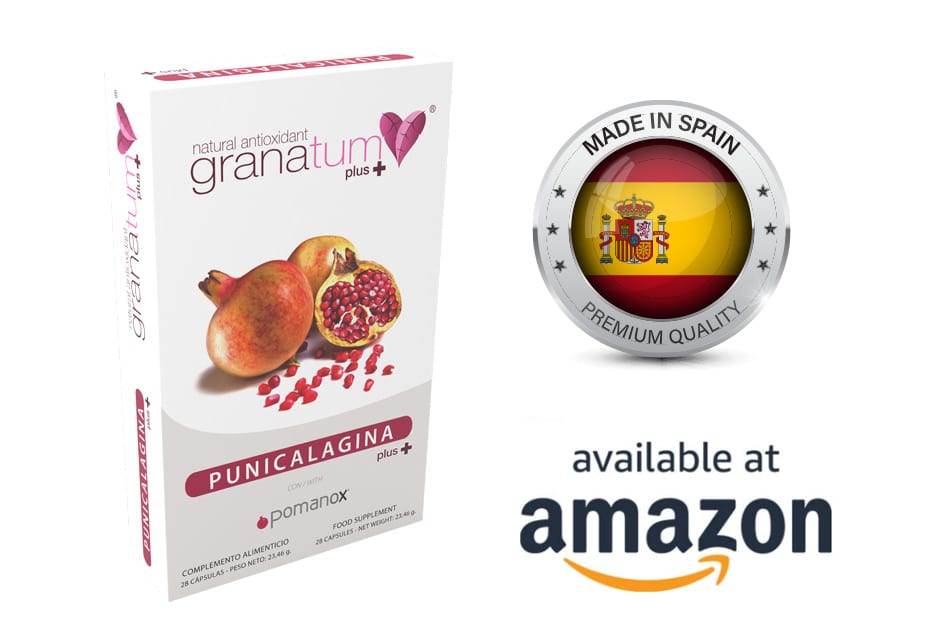
This study provides useful information on potential application of pomegranates or pomegranate extracts as food additives in food systems.
RESEARCH TITLE: Antimicrobial Effect of Pomegranate Juice on Listeria innocua and Escherichia coli in Different Culture Systems
COUNTRIES: China and Canadá
CONDUCTED BY: Zhaojun Ban, Xinjiang Agricultural University, Urumqi, China; Lihua Fan, Agriculture and Agri-Food Canada, Kentville, Canada; Craig Doucette, Agriculture and Agri-Food Canada, Kentville, Canada; Timothy Hughes, Agriculture and Agri-Food Canada, Kentville, Canada; Sherry Fillmore, Agriculture and Agri-Food Canada, Kentville, Canada; Junfeng Guan, Hebei Academy of Agriculture and Forestry Sciences, Shijiazhuang, China; Jiang Li, Xinjiang Agricultural University, Urumqi, China.
PUBLISHED ON: International Association for Food Protection
RESEACH:
Introduction: The edible part of pomegranates (Punica granatum L.) contains organic acids, sugars, vitamins, polysaccharides, polyphenols and minerals with unique flavor, taste and heath promoting characteristics. Natural antimicrobials developed from pomegranates (seeds and peel) have potential application in food preservatives.
Purpose: The objective of this study was to investigate the antimicrobial effects of pomegranate juice at different concentration against Listeria innocua and Escherichia coli.
Methods: The experiments were conducted in the distilled water (DW) and bacterial culture broth systems. L. innocua or E. coli at 105 CFU/ml was inoculated into sterile test tubes containing five different concentrations of pomegranate juice and then incubated at 4, 25 or 37°C, respectively. The bacterial population and pH value were monitored at 0, 6, 24 and 48 h.
Results: The antimicrobial effects of pomegranate juice were dependent upon the concentrations of juice, culture conditions (temperature, time and matrix), as well as bacteria species tested. Overall, increased juice concentration and incubation temperature resulted in increased antibacterial effects. Both bacterial species were more effectively killed in DW system than in culture broth, while L. innocua was more sensitive to pomegranate juice compared with E. coli. In DW system, pomegranate juice regardless of concentrations reduced the population of L. innocua to undetectable levels at 4, 25 or 37°C for 48 h while E. coli was reduced by 3.6 log when treated with 10% juice at 37°C for 48 h. The population of L. innocua and E. coli were also significantly inhibited by 20% pomegranate juice (P < 0.05) in the culture broth system at 37°C for 48 h. By monitoring the pH changes, it was suggested that both high acidity and polyphenols in pomegranate juice contributed to the antimicrobial effect.
Significance: This study provides useful information on potential application of pomegranates or pomegranate extracts as food additives in food systems.
YEAR: 2015
